The annual Sapporo Snow Festival in Hokkaido’s largest city kicked off an elaborate weeklong affair on Feb. 4, featuring a multitude of ice and snow sculptures, attractions and food for festivalgoers at the three main sites.
Citizens began pitching in to make sculptures late last month in Odori Park in central Sapporo, the main 1.5-kilometer route with the most impressive creations depicting sports figures, anime characters, iconic buildings and more to entertain visitors.
Aside from several large snow sculptures, the Odori site exhibits more than one hundred smaller snow statues and hosts several music concerts and events, many of which use the sculptural creations as their stage.
“We look forward to visitors taking photos in front of our sculptures,” said one person busy at work completing a statue on the first day citizens came to the park to begin work.
According to the festival executive committee, a total of about 200 ice and snow sculptures are displayed for the festival, held through Feb. 11. Of these, 80 are citizens’ snow sculptures.

One of the sculptures depicts Japan’s Haruka Kitaguchi, who won the gold medal in the women’s javelin at the Paris Olympics last year.
As snow fell heavily at times, Atsushi Igarashi, a company executive from Sapporo, and his friends chiseled a sculpture of “yabee bear,” a mascot he invented that takes pride in spreading the Hokkaido dialect.
Last year, his snow sculpture of his bear character took second place in the voting, and Igarashi said with a smile, “This year, I want to take top honors.”
In normal years, more than 2 million people visit the event, which began in 1950 as a one-day festival with six snow statues built by local junior and senior high school students in Odori Park.
The Susukino site in the city’s biggest nightlife district, which displays ice sculptures, and the Tsudome family-oriented site with snow slides for kids and food stalls are the two other locations to check out.
Last year, the festival was held in its entirety at the three venues for the first time in four years, after having been canceled or scaled back in the previous three due to the coronavirus pandemic.
According to the Sapporo Snow Festival website, about 600 truckloads of snow must be hauled in to make one large snow sculpture. The process includes collecting clean snow, scaffold assembly and piling snow using heavy machinery, rough cutting, detailed carving and adding finishing touches before completion.
There is also an international snow sculpture contest at the Odori site, which began in 1974, in which competitors from nine countries, regions, and cities around the world compete to create snow sculptures. The sculptures, created during the festival, can be viewed up close, before judges pick a winner on Feb. 7.
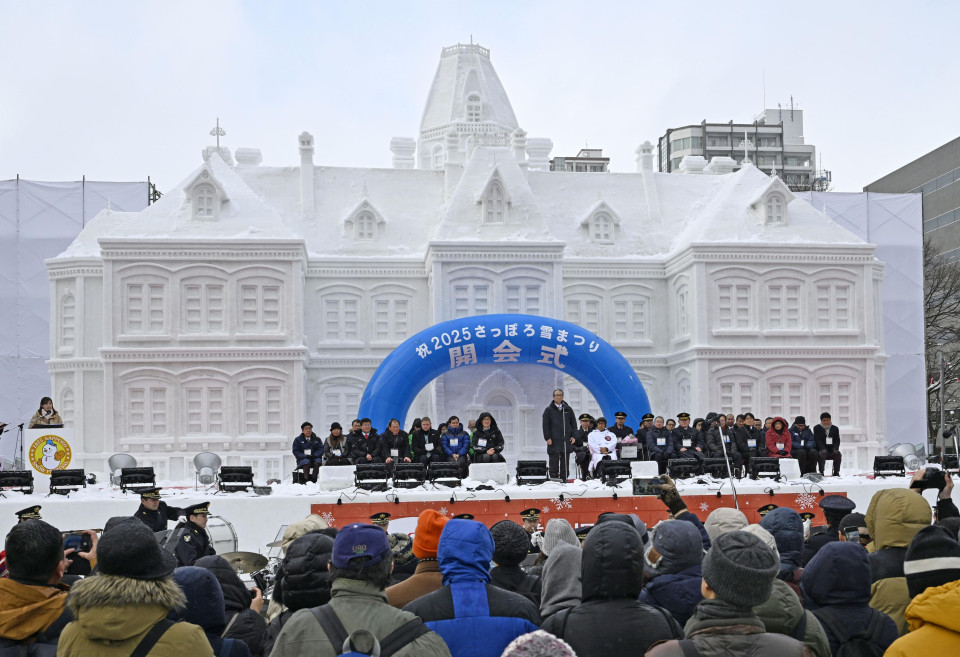
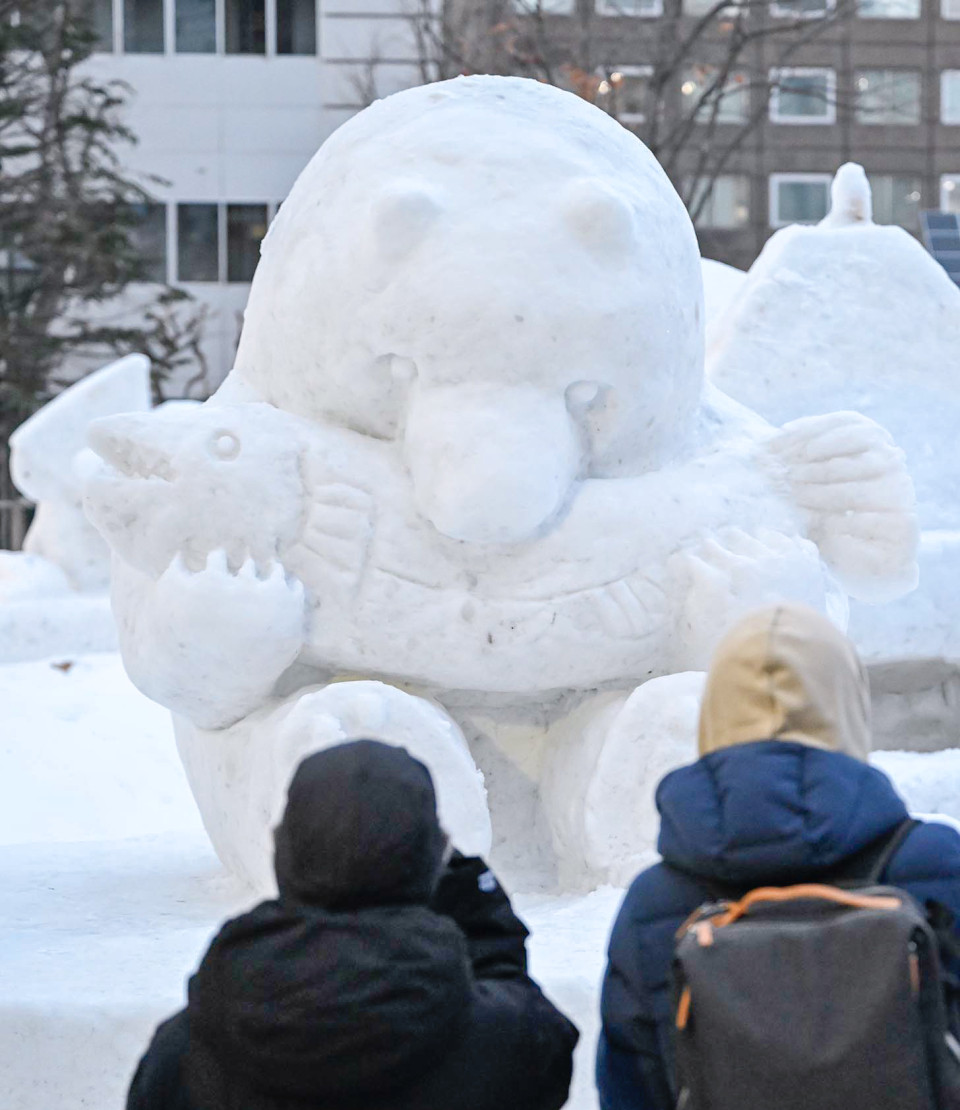
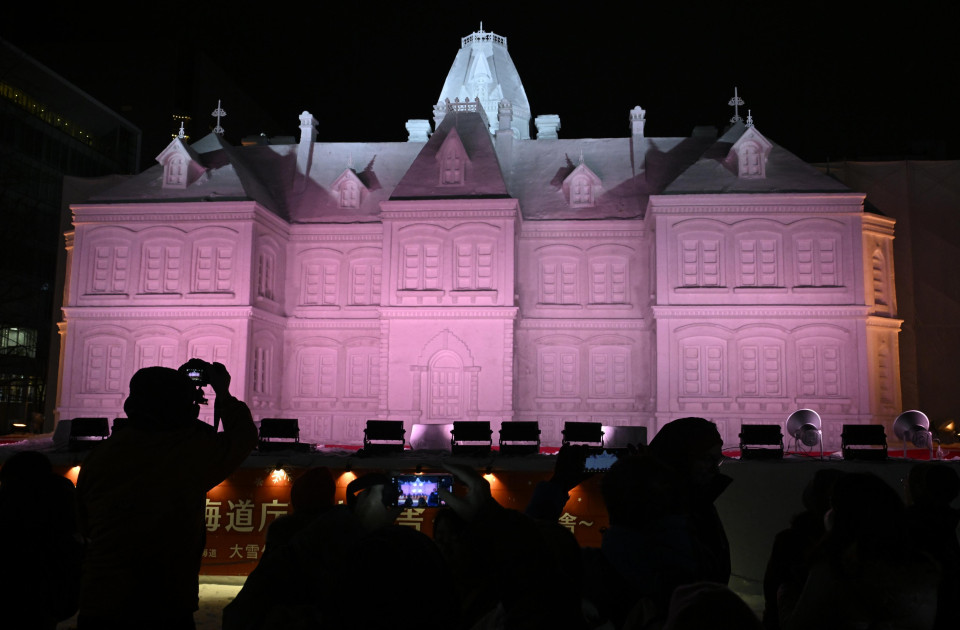
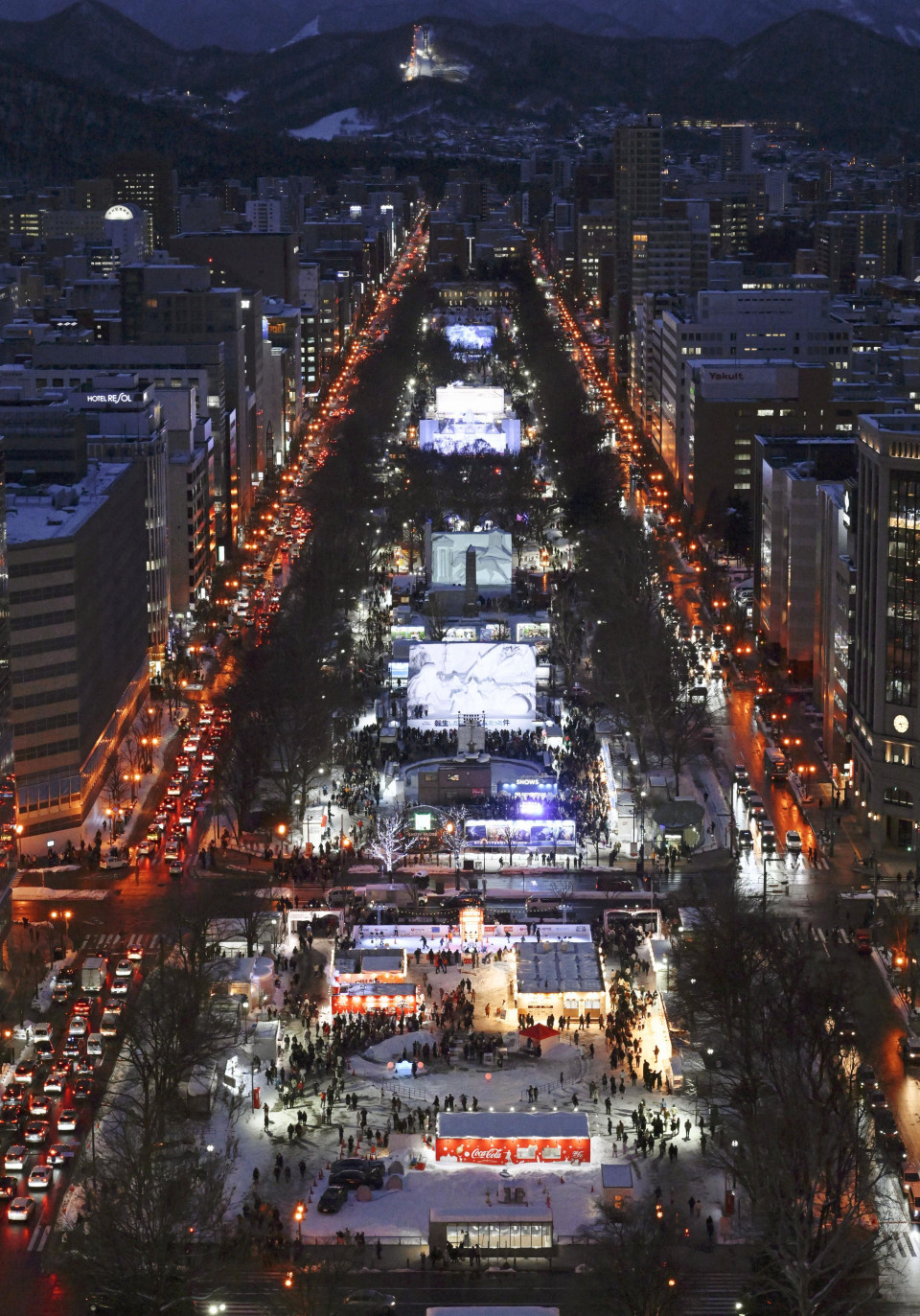
Copyright © 2025 Kyodo News
All rights reserved.
No reproduction, republication or redistribution without written permission.
Related coverage:
Kinugawa Onsen reversing “haikyo” image amid foreign visitor boom
Foreign tourists showing appetite for Japan’s art of food replicas
School experience helping tourists scrub up on Japanese education
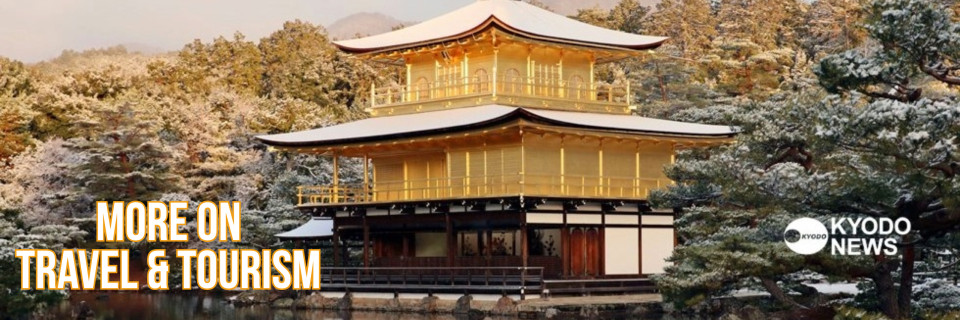


AloJapan.com